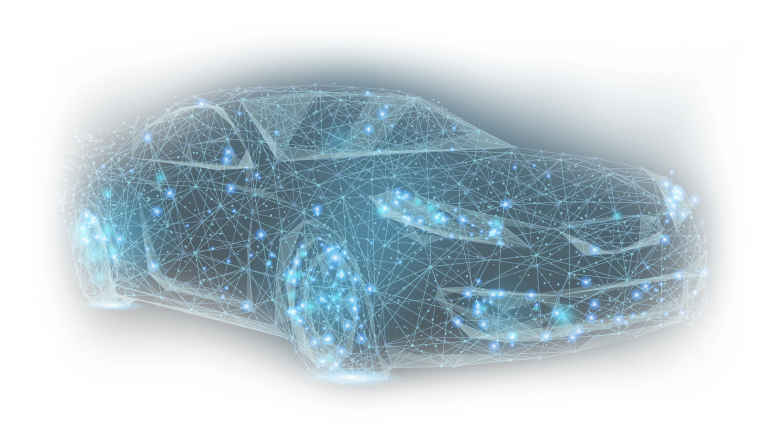The World Health Organization claims that 94% of global traffic fatalities happen as a result of human error.
There’s hope though, that autonomous driving systems can eliminate these errors.
Personal and public transportation, various delivery vehicles, cyclists, and crowded sidewalks — the city environment is hazardous for the most vulnerable road users. If we consider constant street congestion, blind spots of large public buses, and heavy machinery like forklifts that maneuver slowly, the traffic incident statistics come as no surprise.
However, before autonomous vehicles can adequately react to their surroundings in a timely manner, they have to learn to detect pedestrians. Since pedestrians’ physical features fall in a wide range and since pedestrians appear in different environments, sufficient accuracy of recognition is a major challenge for modern sensors.
That’s where OEMs can help by designing safer vehicles that can compensate for human error and take responsibility for some or all driving decisions.





